Brukenthal Palace - The Exhibition Of Saxon Goods From Transylvania - Part 2.
Last month I had the pleasure to take a short trip in Transylvania and visit a few places, among which the Brukenthal Palace is Avrig, Sibiu county, Romania. The once belonged to the Brukenthal Family and was built by Samuel von Brukenthal (1721 – 1803), the Habsburg governor of the Grand Principality of Transylvania between 6 July 1774 and 9 January 1787. The palace is now 250 years old and in desperate need of restoration. I wish I would exaggerate, but I'm not.
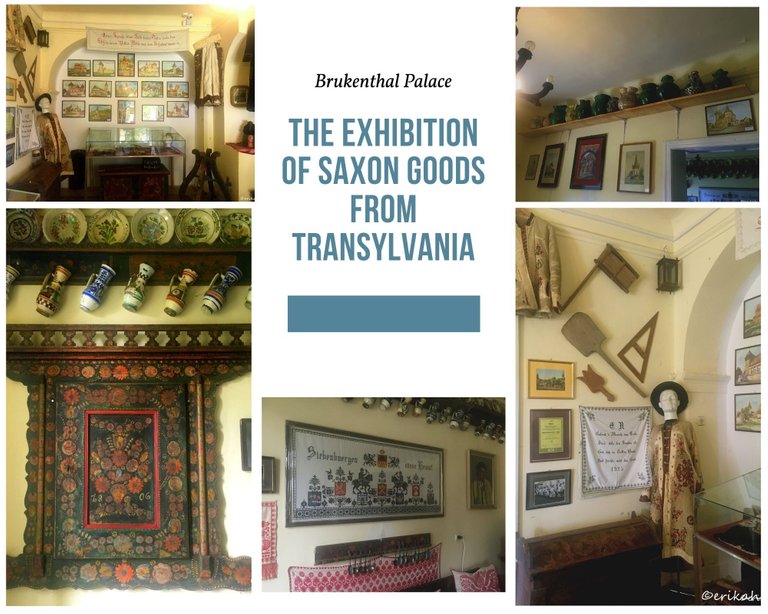
At the time of our visit, there was and exhibition called The Exhibition Of Saxon Goods From Transylvania. You can check the first part of my blog here.
Today I'd like to show you the rest of the exhibition, which was very interesting and educating as well. It's always nice to see what our ancestors had been using or their living conditions. Sometimes these exhibitions make you appreciate more what you have.
Brukenthal The Palace
For those of you, who have missed my previous post, this is the palace. Back in those days, 250 years ago it must have been a very nice building, maybe the most beautiful of the region as Samuel von Brukenthal was the Habsburg governor of the Grand Principality of Transylvania, which was the highest rank of the region.
How To Get There
This is the map of the town called Avrig and as you can see, the European road E68 takes you to the palace.
The Exhibition Of Saxon Goods From Transylvania
This was the first exhibition room you enter when visiting and in the back of the room, the wall was decorated with paintings featuring a good few of the medieval fortresses, castles of Transylvania. To my regret the space was very small, and our time limited, I could not take a photo of every painting so I can tell you which historical monuments are featured on those paintings.
Above the paintings there was this wall cover, which we would call banner today, embroidered with a saying or most likely a prayer, a welcoming. It was in German, the old German and I don't speak the language, unfortunately.
Under the table there was this handmade, hand painted wooden furniture, a cabinet that was used in those days in that region. On it there was a little wooden chest, that served as storage for valuables like money, coins, precious metals, jewellery.
Up on the right there was hanged this skirt that women wore those days and beneath it there was this holder, most likely the legs of a table. Almost everything you see here was made by had as back in those days there were no machines. The people who made these were real artists.
Up on the left there was this dermis coat that is traditional in many countries in Europe. Sheep is common in European countries and these coats were made of sheep skin and fur. Nobles, more affluent and well off had the possibility to embroider the coat, while the poor was wearing simple ones. This piece must have been a really nice one when was new.
Next to it there were a few wooden tools used in daily life, like a ruler, a shovel that was most likely used to place and take out the bread from the oven or furnace. Then there was that tulip shaped wooden tool, which served for washing clothes. This may be a surprise for many but in those days washing clothes was very different. Women took the clothes to the nearest river or creek, soaked them in water, used soap if they had any and then they hit the clothes with this tool to clean it. Today it looks stupid but that's how it was done.
To be totally fair, there were washing machines as well but not what you know today as washing machine. Back in those times there was no electricity, most of the work was done by hand, or with the help of some tools. To help you imagine a washing machine of those times, I'm going to post a photo I took at an ethnographic museum in Transylvania.
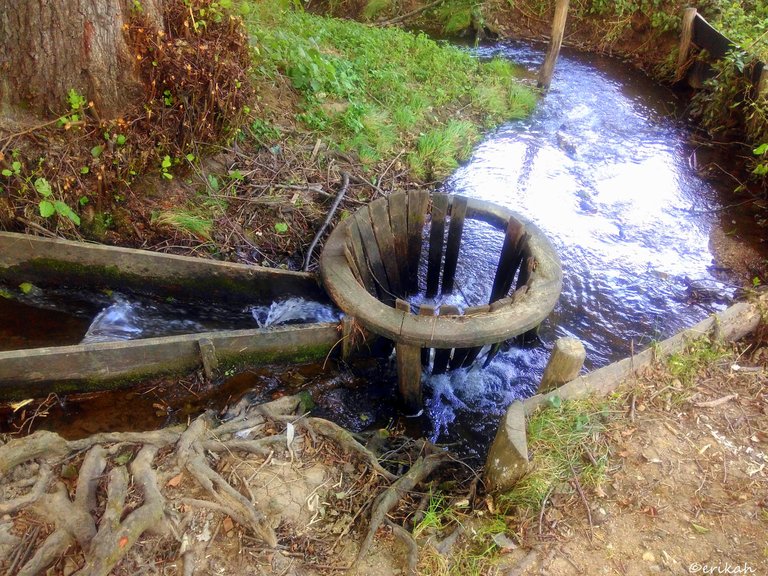
(this photo has been posted before)
This was a washing machine, set up in a creek. The clothes were placed inside the cylindrical holder and the water washed them by rotating them.
Back to the penultimate photo, you can see another embroidered wall decor, that dated back to 1925. These were very common those days and even today you can find these wall decors, handmade, hand embroidered with religious sayings or with welcoming messages.
In the second room there were these carafes on a wooden shelf, made of ceramics. Obviously handmade, hand painted, decorated with elements from nature, traditional designs, specific to this region.
Under the shelf there were more medieval church and fortress paintings from Transylvania.
You may think these plates and carafes were serving as decorations but in fact were used every day as glass was unknown or very expensive.
This photo can give you an idea how a traditional room looked like in those days. Everything was handmade of course, needless to say.
The amazing embroider wall decor is a cross stitch work, with a message in German. Lucky me I was able to figure out what it says: Siebenbürgen süsse heimat. Translated to English, this means Siebenbürgen sweet home!
The German name Siebenbürgen means "seven castles", after the seven (ethnic German) Transylvanian Saxons' cities in the region. This is also the origin of the region's name in many other languages, such as the Croatian Sedmogradska, the Bulgarian Седмиградско (Sedmigradsko), Polish Siedmiogród, Yiddish זיבנבערגן (Zibnbergn), and the Ukrainian Семигород (Semyhorod). source
Under the text you can see two riders on horses, each holding a sword, which symbolizes the fights, wars they had to g through over the years. You should also note the different crests on it. It's a wonderful artwork if you ask me. @crosheille, you see this?
The pillowcases are also cross stitch works, mostly with flowers and elements from nature.
On the left there's another great artwork, the front part of a wooden cupboard, handmade and hand painted.
I don't know about you but I fell in love with this kind of furniture. This one is from 1806, which makes it more than 200 years old.
If I'd have another house, let's say a summer residence, I'd decorate my kitchen with similar furniture for sure.
This is it for today, stay tuned for the next part in which I'm going to show you more interesting and beautiful things.

Check out my latest travel posts:
- Brukenthal Palace - The Exhibition Of Saxon Goods From Transylvania - Part 1.
- Brukenthal Palace - The Medieval Exhibition
- Brukenthal Palace - Orangery And Garden
- The Clay Castle, Fairy Valley - Castelul de Lut, Valea Zânelor
- One Day At The Zoo - Part 5. - Food And The Surroundings
- One Day At The Zoo - Part 4. - Expectations vs Reality
- One Day At The Zoo - Part 3. - Education Matters
- One Day At The Zoo - Part 2.
- One Day At The Zoo - Part 1.
- The Medieval Fortress - Part 6.
- The Medieval Fortress - Part 5.
- The Medieval Fortress - Part 4.
- The Medieval Fortress - Part 3.
- The Medieval Fortress - Part 2.
- Haveyoubeenhere, Pinmapple And The Huge Potential We Have Here
- The Medieval Fortress - Part 1.
- The Medieval City - Part 3.
- The Medieval City - Part 2.
- The Medieval City - Part 1.
- The Blacksmith Workshop At The Dracula Daneș Domain
- The Park At Dracula Daneș Domain
- Horses And The Stable At Dracula Daneș Domain
- Horse Riding At Dracula Daneș Domain
- Carriage Museum At Dracula Daneș Domain
- Lunch At The Dracula Daneș Domain
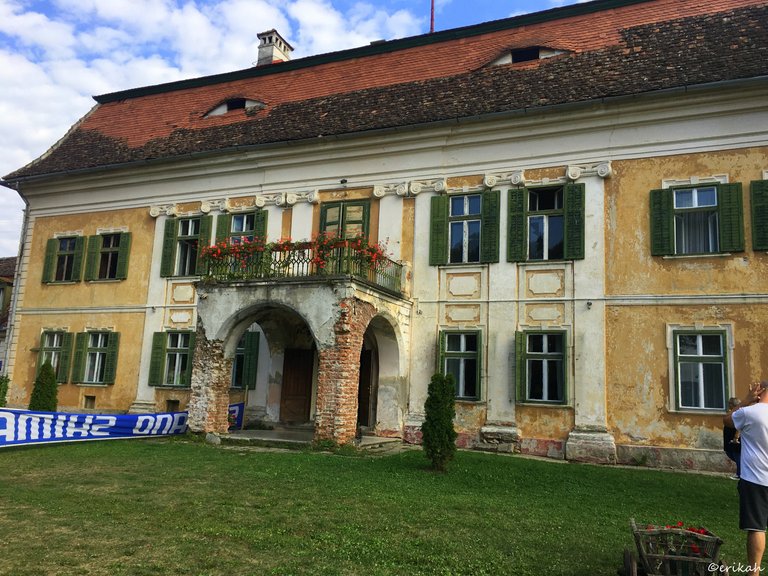
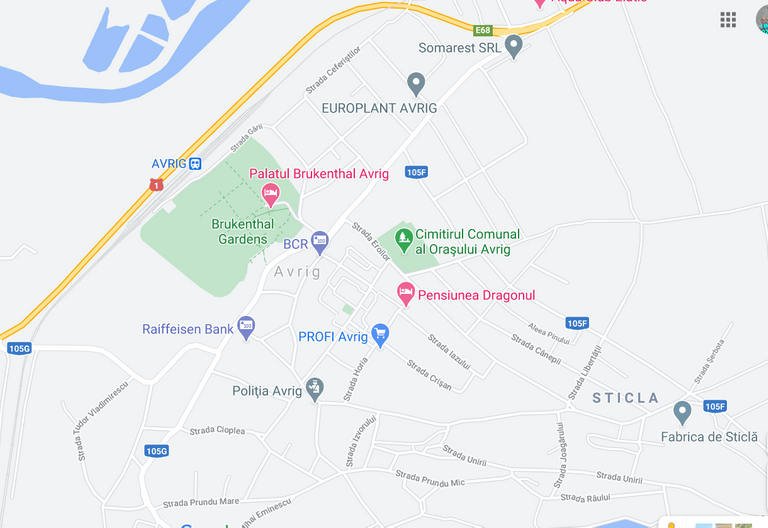
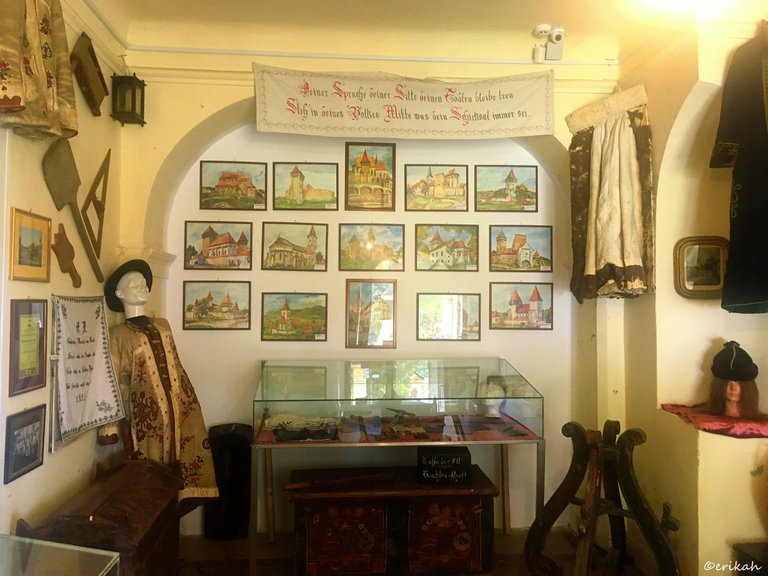
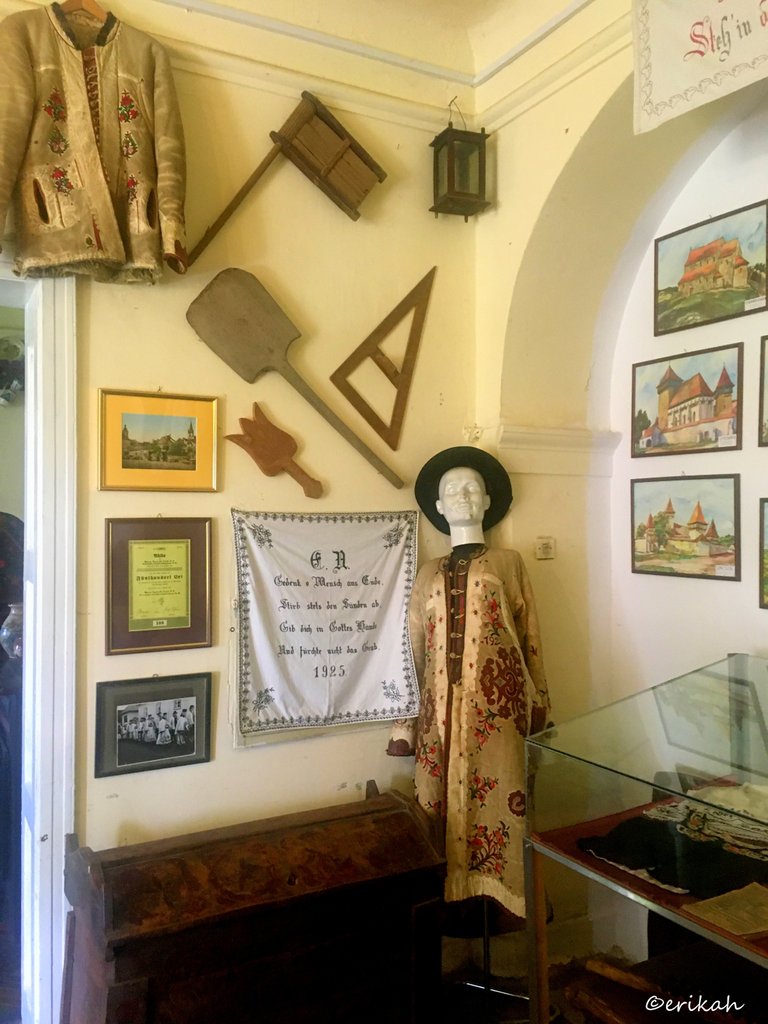
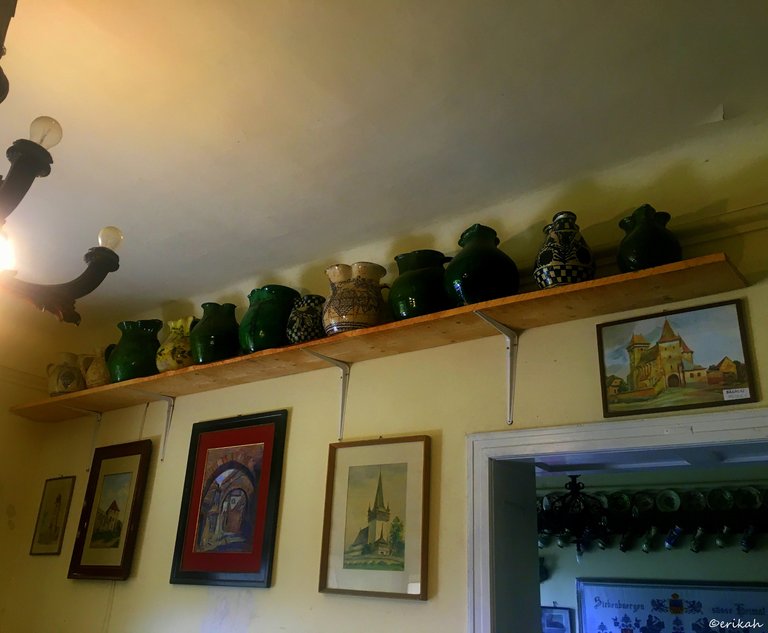
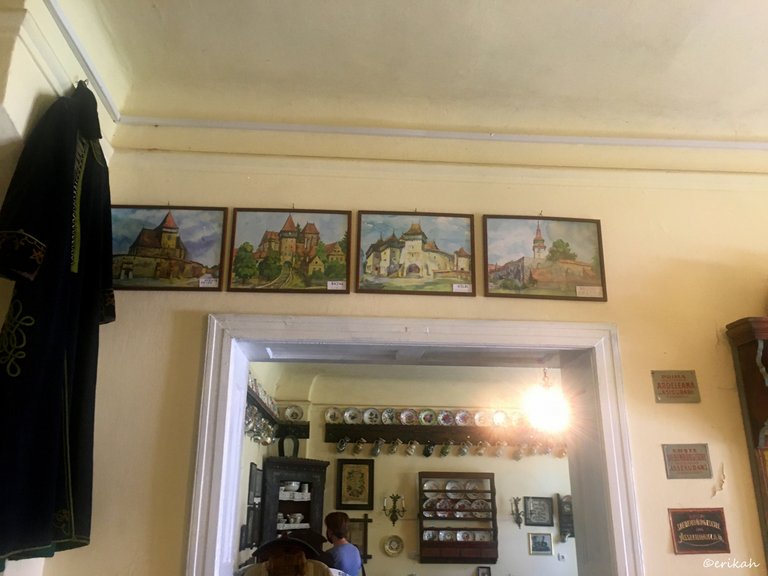
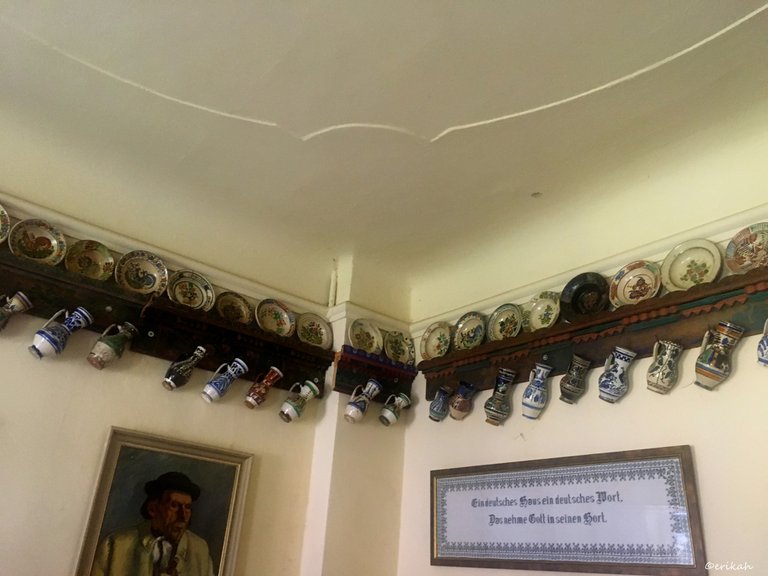
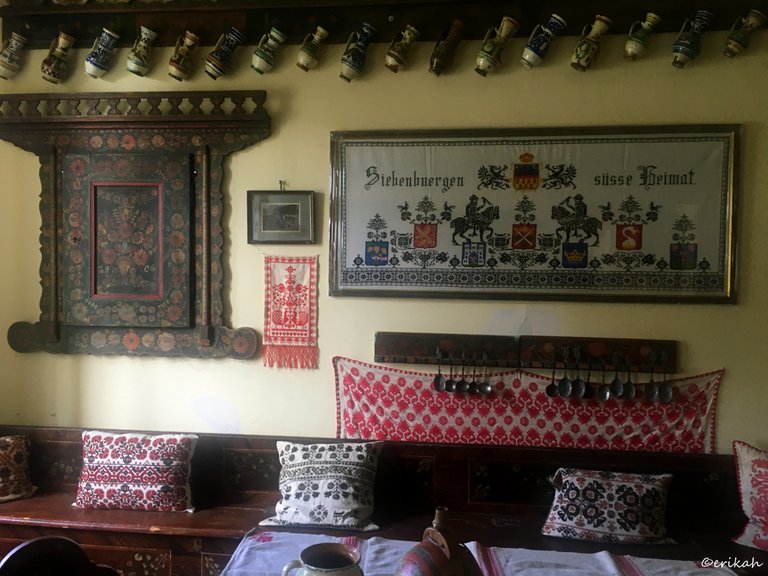
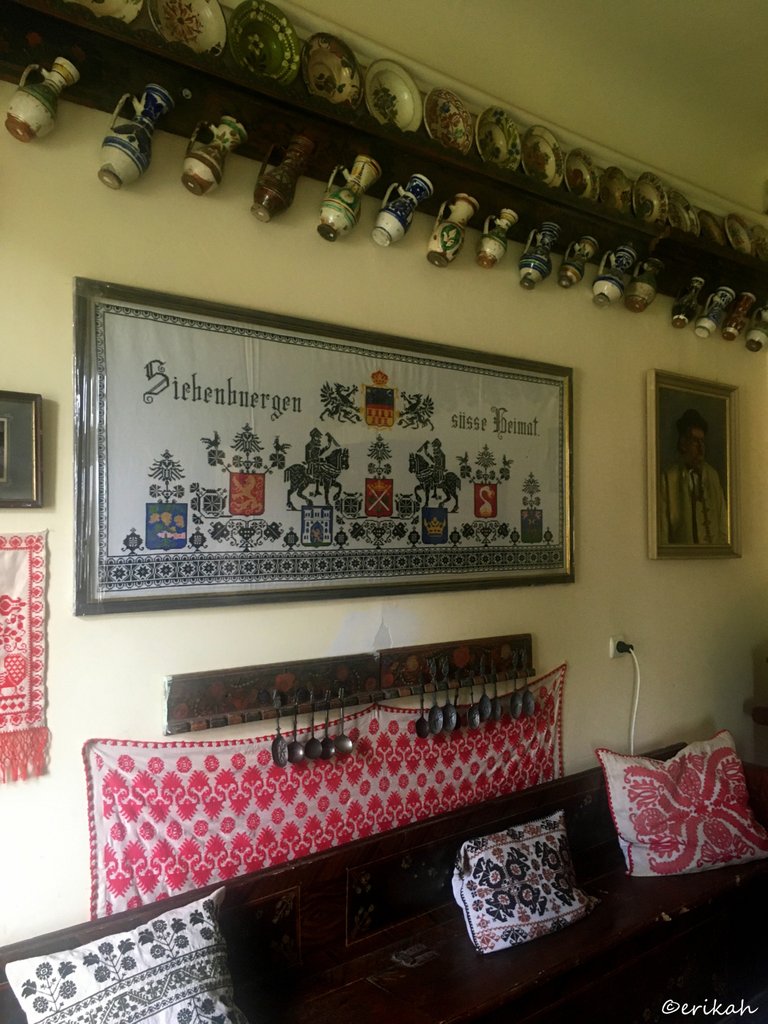
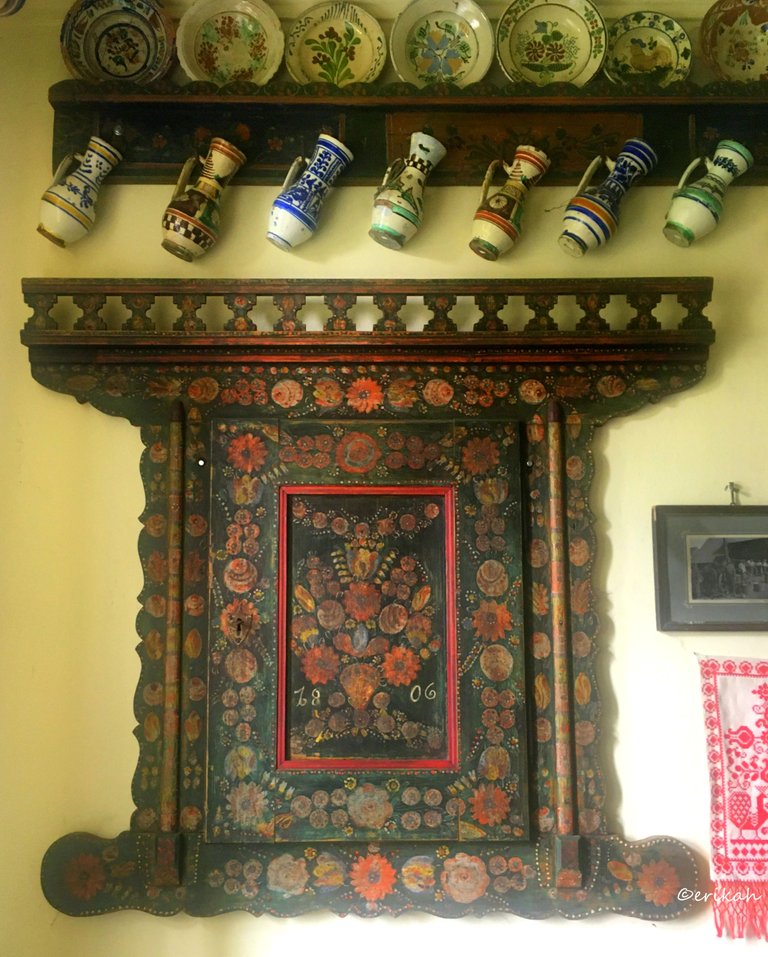
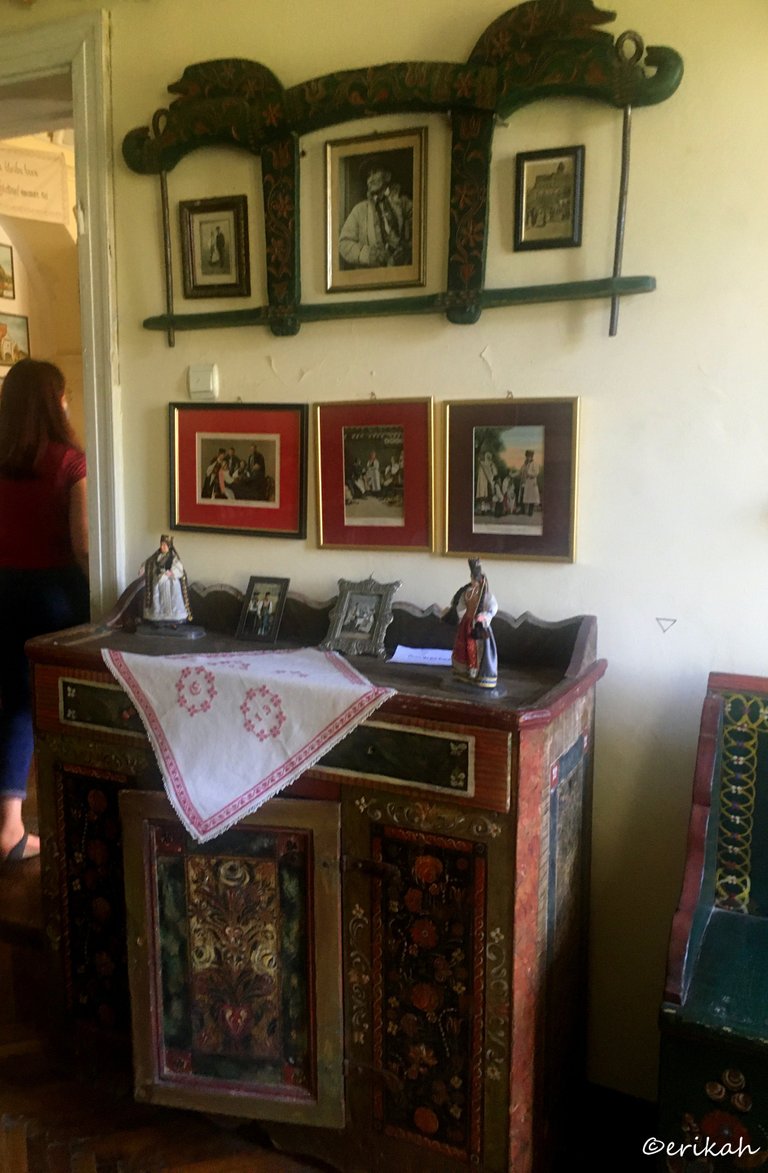
https://twitter.com/nobordersNB/status/1312739642102493185
Congratulations, your post has been added to Pinmapple! 🎉🥳🍍
Did you know every user has their own profile map?
And so does every post as well!
Want to have your post on the map too?
Such an interesting exhibition, @erikah. It looks very cool, indeed.
Thanks for the article and great photos. 😃
My pleasure, I'm glad you like it ☺️
!ENGAGE 20
ENGAGEtokens.This is really an interesting exhibit! Hey I think I spotted some eyes on top of the Palace building - am I seeing right? Lol
I have so much respect for all of the handmade work! Yes, I see that beautiful cross stitch work all along the walls and the pillows on the bed. Just amazing! Thanks so much for alerting me!!!
Yes, the palace has two eyes 👀. I'm impressed you spotted it.
So cool! I really pay attention to details (probably too much sometimes lol) and as I was looking at the structure of the building they popped out at me! 😄👁👁
Paying attention is very good. Who knows, maybe one day it can save your life 🙂
Thank you! That is very true!
Thanks so much for the engage tokens :D
My pleasure 😘
!ENGAGE 20
ENGAGEtokens.Hiya, @lizanomadsoul here, just swinging by to let you know that this post made it into our Honorable Mentions in Daily Travel Digest #991.
Your post has been manually curated by the @pinmapple team. If you like what we're doing, please drop by to check out all the rest of today's great posts and consider supporting other authors like yourself and us so we can keep the project going!
Become part of our travel community:
Many thanks.
Needlework seems very popular back in those days. Is some sort of tradition in Romania and hence where you got your talent from ?
Was traditional, not anymore. I don't know where I got my talent or if I have any at all but I like it and looks like in time I can learn quite a few things.
!ENGAGE 20
ENGAGEtokens.